Practice
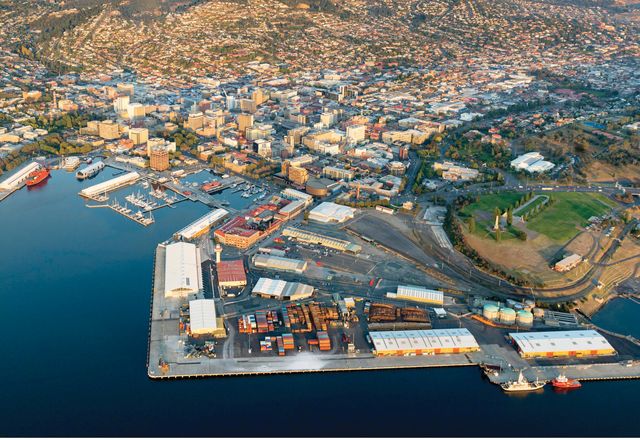
Redeveloping Mac Point: A case study
The plan to build an AFL stadium at nipaluna/Hobart’s Mac Point exemplifies a pattern of political decisions overriding due process in large-scale Australian urban renewal projects. How should we change our governance to improve our cities’ outcomes?
Practice
Postcard from Dubai: Torrential rainfall and visits to recent projects
Sacha Coles encounters heavy rains and extreme flooding during his trip to Dubai this April. He also reports back on his visits to a number of recent landscape architecture projects across the city.
Practice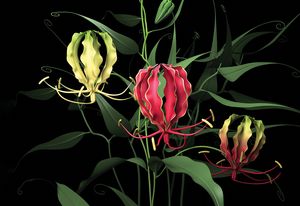
Virtual botanicals
Artist Garth Henderson’s digitally sculpted botanical studies alert us to the ways that digital design can both deepen our appreciation for the natural world and divorce us from our physical and cultural contexts.
Practice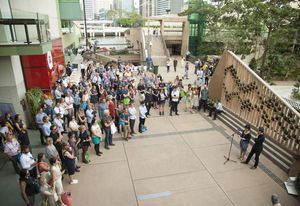
Building a professional culture: A decade of AILA festivals
Since its inaugural program in 2014, the AILA Festival of Landscape Architecture has brought together members of the profession and related disciplines to share knowledge, challenge disciplinary conventions, forge new relationships and extend community.
Practice
BIM in practice
BIM offers exciting possibilities for landscape architecture – and understanding how to use it effectively is important.
Practice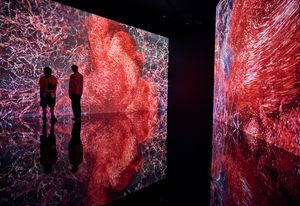
Communicating interconnection: Works of Nature at ACMI
An exhibition of the works of London-based art collective Marshmallow Laser Feast demonstrates how digital technology can be used to create experiences that highlight how humans, other species and the environments we live in are all inextricably entangled.
Practice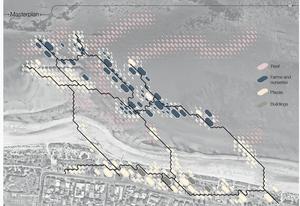
Innovating in education
The Roundtable on Innovation and Education brought together representatives from AILA-accredited university programs to discuss the present and future of landscape architecture education amid emerging tools, processes, contexts and trends.
Practice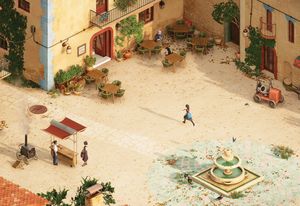
Generating narratives
At interdisciplinary architectural visualization studio Lucernal, video game development is driving innovative approaches to both generative design and business development.
Practice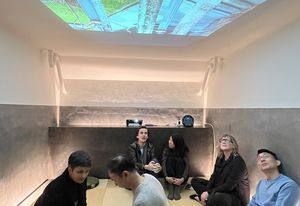
Landscape as Change Makers: A practitioner’s perspective
The Landscape Architects as Change Makers project brought together the cultures and professional design practices of Japan and Australia through two exhibitions and a program of events. Kirsten Bauer reflects on her experiences as an exhibitor and participant in the project.
Practice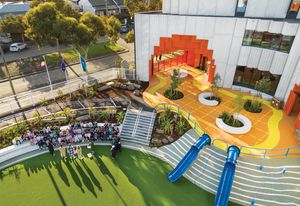
Women in innovation leadership
Four women in built environment design leadership talk innovation, incremental change, and communication that helps bring people along for the journey.
Practice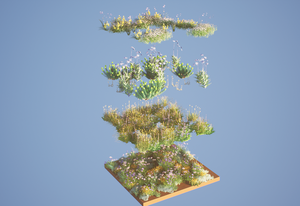
Seeds of change
New tools are popping up that explore the potential of planting design in the digital space. What does this mean for practice, and how do we stay grounded?
Practice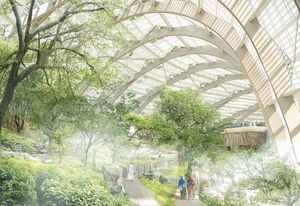
A global perspective on innovation
Darren Hickmott, global landscape digital leader at Arup, reflects on his career pushing innovation in the landscape architcture profession and what the industry needs to do to move forward.
Practice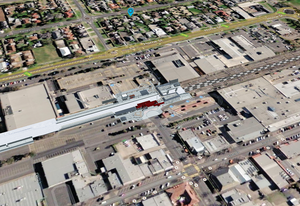
Duplicating our worlds
With their responsive flow of information, digital twin models have the potential to increase efficiences, improve decision-making and optimize performance – but only if used critically.
Practice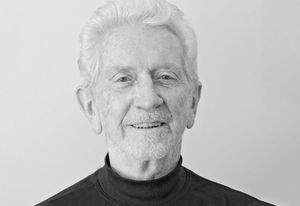
Vale Bruce Mackenzie (1932–2024)
Andrew Saniga celebrates the legacy of Bruce Mackenzie and reflects on the profound impact Mackenzie had on the development of landscape architecture in Australia.
Practice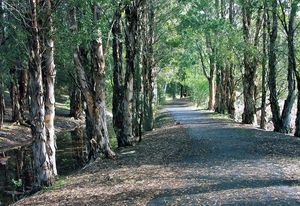
Remembering Bruce Mackenzie
A collection of short reflections on landscape architect Bruce Mackenzie’s extensive influence on the Australian built environment profession contributed by members of the design community.
Practice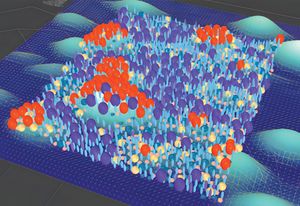
Reframing innovation
Guest editors of the “Reframing innovation” issue Jela Ivankovic-Waters and Darren Hickmott on innovation in the landscape architecture industry.
Practice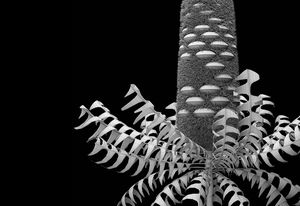
Viewpoint: Leading a stronger and more sustainable regional future
A message from AILA President Ben Willsmore
Practice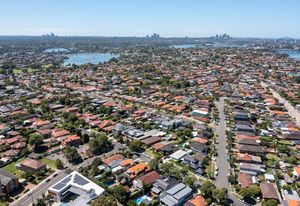
What is pattern book development and how can it help ease the housing crisis?
Senior lecturer in architecture at the University of Adelaide, David Kroll, and architecture lecturer at the Atlantic Technological University, Susan Galavan, explore whether “pattern book” development is a viable solution for increasing housing supply.
Practice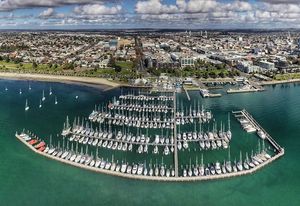
Regional visions: Putting together the small pieces of a large puzzle
With Australia’s “second-tier” cities undergoing rapid growth, an emphasis on small-scale projects is vital to improving quality of life and defining city-wide identity.
Practice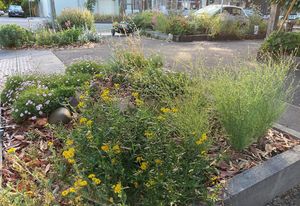
Collecting the community together: Melbourne Pollinator Corridor
This wildlife corridor spanning an area just south of the Melbourne CBD demonstrates the role that open-ended design processes and the fostering of caring relationships with public landscapes can play in the empowerment of ecologies and communities.
Practice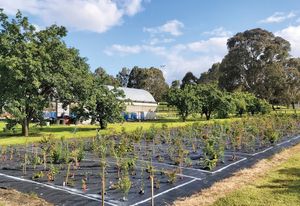
Fostering a meadow mentality
Eight years on from the project’s beginnings, highly adaptable and resilient Woody Meadows are flourishing in urban green spaces with new research attracting fresh partners across Greater Melbourne.
Practice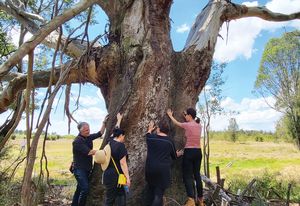
Understanding cultural load in design practice
Wiradjuri designer Samantha Rich explains the concept of cultural load from a First Nations perspective and explains why it’s important designers consider it in their projects.
Practice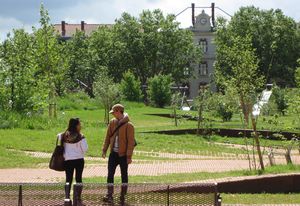
Topographical processes: Michele and Miquel
Architecture and landscape practice Michele and Miquel discuss specificity of site, their fascination with ecological processes and flows, and agricultural practices as inspiration.
Practice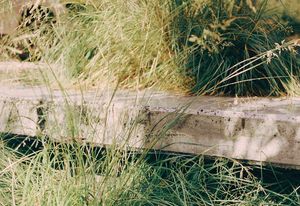
Ground-up transformation: Decolonizing the garden
At a residential property in Melbourne’s outer north-east, a design approach grounded in close observation, manual tending and incremental moves embraces the agency of the landscape and its transformative opportunities.
Practice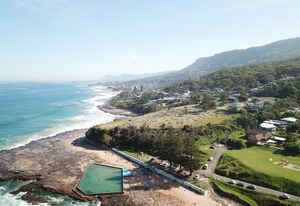
Small infrastructures: Enabling good habits
Considered interventions in places where long networks and local interfaces overlap can greatly improve our cities. Three small projects from New South Wales illustrate how.
Practice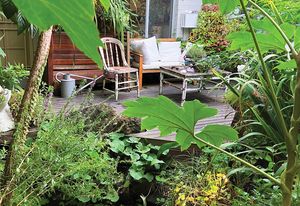
Suburban refuge: Designing for biodiversity in our cities
How does increasing density affect our suburban ecologies – and what small interventions can make a meaningful difference?
Practice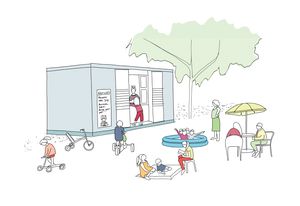
Playful expectations
Natalia Krysiak unpacks how Australian cities are approaching designing for the well-being of younger generations.
Practice
Network connections
Fungi play a crucial role in the healthy functioning of our ecosystems, from the underground up. Ecologist Alison Pouliot explores how fungi conservation overlaps with landscape restoration.
Practice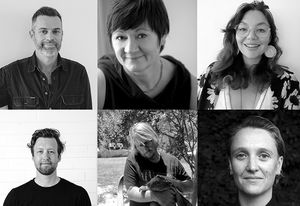
Considering small practice
Joel Barker (See Design Studio), Greg Grabasch (Brave and Curious), Jane Irwin (JILA), Dan Plummer (Plummer and Smith), Kaylie Salvatori (COLA Studio) and Marti Fooks (Fooks) discuss the ins and outs of small practice with Rosie Halsmith.
Practice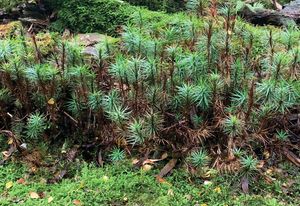
Elevating the minor player
Rich in social, aesthetic and environmental worth, small plants yield large rewards – and foster wonder in those who cultivate them.
Practice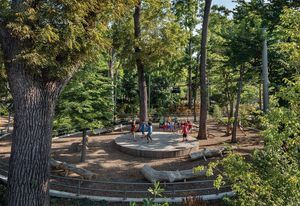
Has landscape architecture lost its way (in the USA)?
Margaret Grose considers the American Society of Landscape Architects’ recent decision to declare landscape architecture a STEM discipline.
Practice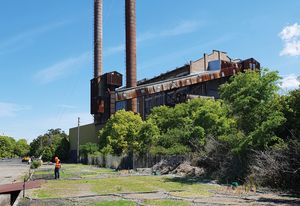
Circling back to circularity
Experiments with bio-based construction materials and innovative phytoremediation techniques could inform new ways of designing with purpose to create a more resilient future.
Practice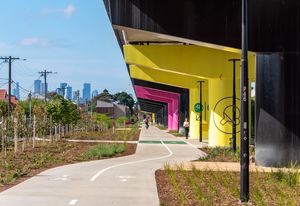
Conceptualizing Melbourne’s Level Crossing Removal projects
Melbourne’s Level Crossing Removal projects have contributed a suite of valuable new civic spaces to the public realm. But what do they contribute to landscape architecture in a broader sense?
Practice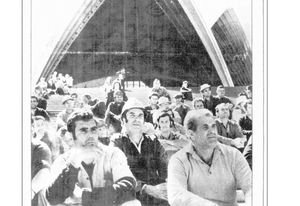
Worker solidarity in the built environment
Collective action by Australian construction workers in the 1970s led to the “green ban” movement, reinforcing in the design profession a sense of responsibility for the impacts of its work.
Practice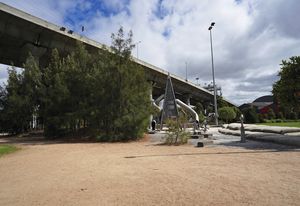
Practising ngara in urban Country
Maddison Miller and Matt Novacevski take us on a walk through Melbourne’s Docklands, on Wurundjeri Woi-wurrung Country, to explore what might happen if we engage with Country as a living entity, even in the built-up heart of the city.
Practice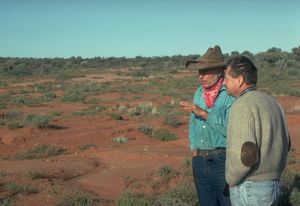
Vale Jim Sinatra
Migrating to Australia from the United States in the early 1980s, Jim Sinatra embedded himself in the profession through a prominent teaching position at RMIT and the establishment of his practice, Sinatra Murphy. He was a “pioneer of ideas and creativity” with a deep passion for the Australian landscape.
Practice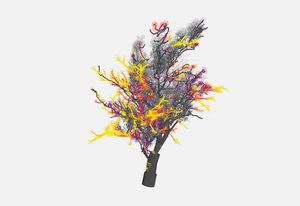
Tree designers and bird clients
Using more-than-human design as a theoretical framework and artificial habitats for arboreal wildlife as a case study, Deep Design Lab explores approaches for better inclusion of nonhuman contributions.
Practice
Protecting Australia’s biodiversity
Addressing species decline is urgent – and if we are serious about planning for a more robust and biodiverse future, we need to rethink how we consider, design and plan for future conservation areas.
Practice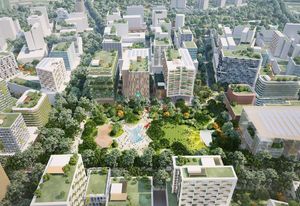
Bold and innovative planning is delivering Australia’s newest city. But it will be hot – and can we ditch the colonial name?
Tooran Alizadeh, Glen Searle and Rebecca Clements of the University of Sydney weigh in on the strengths and flaws of the planning process for Australia’s newest city.
Practice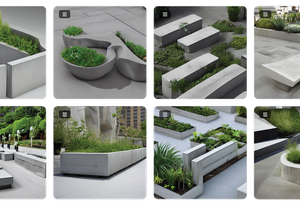
So predictable? AI and landscape architecture
Artificial intelligence is being harnessed in both the design and management of landscapes, with new generative models creating both fresh opportunities and novel challenges.
Practice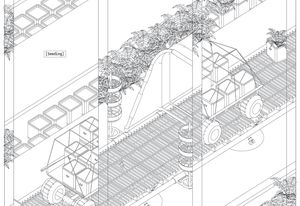
Co-authoring in the digital age
Digital technologies are challenging traditional notions of the designer as author, as data is shared and design outcomes are produced in new and evolving ways.
Practice